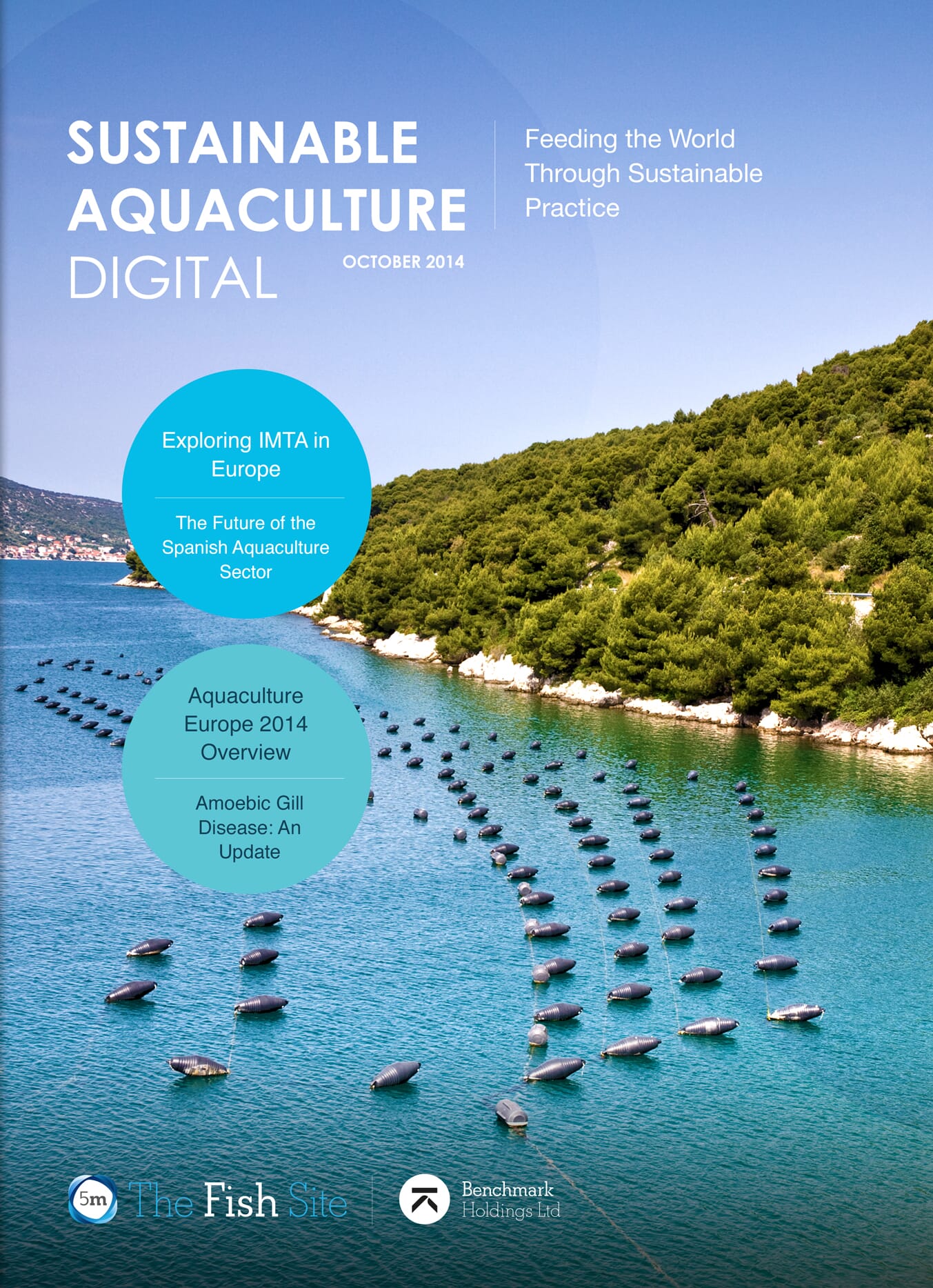Sea lice are very problematic for the aquaculture industry. Not only do they have costly and undesirable impacts on salmon health and welfare, and in extreme cases causing mortality, they also paint a negative picture of the industry due to their interference with wild salmon populations.
Sea lice have traditionally been treated with chemical de-lousing agents and more recently with biological control methods, such as the addition of the cleaner fish wrasse to salmon cages.
A range of wrasse species have been trialled and some have worked well in removing salmon lice. However, wrasses are generally not well suited to sub-arctic areas such as Northern Norway, Iceland and the Faroe Islands.
In light of this, lumpfish or lumpsucker fish (Cyclopterus lumpus) are now being investigated as an alternative and hopefully more successful treatment to sea lice.
New Research
Lumpfish experiments are currently running in Norway, Iceland and on the Faroe Islands, with most of the work revolving around improving breeding methods and lumpfish production. This is mainly because the few initial trials that have been carried out in Norway and on the Faroe Islands indicate that lumpfish are good cleaners.
The types of cleaning experiments range from small scale tank experiments to large scale salmon farm experiments. Usually, lumpfish are added to a population of salmon, and then lice counts are performed regularly. Some studies have also included lumpfish gut sampling.
Results show that only about a third of lumpfish consume salmon lice. As a result, the current focus of research is moving toward figuring out why some lumpfish clean and others do not.
“We need to find out whether interest in salmon lice is genetic, so we can breed a better cleaner,” said Ms Johannesen.
Nevertheless, despite only a low number of lumpfish cleaning, it is clear that they remove over 90 per cent of adult lice, thus helping to break the reproductive cycle.
Lumpfish Potential
As well as most lumpfish trials showing promising results, lumpfish are native to most of the North Atlantic region and therefore cope well with cold water.
Closely related to sculpins, they have a modified pectoral fin that acts like a sucker allowing them to attach to smooth surfaces.
Ms Johannesen noted that lumpfish appear to be more opportunistic feeders than wrasse and seem to like eating salmon lice. “We have observed them picking the lice off salmon, even going so far as to follow salmon around the tank to get hold of lice,” she said.
Although lumpfish are not necessarily better than wrasse, wrasses are limited in range and difficult to breed. As lumpfish are native to the whole North Atlantic region where salmon are being farmed, they are proving to be relatively easier to breed and fairly easy to keep. However, it is very important that farmers clean their salmon cages.
“Many farmers don't regularly clean cages at the moment, but if they want lumpfish to clean salmon, they will have to stop them from eating crustaceans and other small animals living on the cage,” said Ms Johannesen.
If salmon do not have many lice then a supplementary feed will also be needed, but research so far indicates that lumpfish prefer eating lice to dry feed.
In terms of sustainability, lumpfish are more environmentally friendly than many chemical de-lousing agents. However, it does require energy to produce the lumpfish and their rearing feed is produced using wild caught fish.
That being said, their environmental impact is negligible compared to that of the salmon being produced and the salmon farming industry is constantly working on improving feed production methods, commented Ms Johannesen.
Research has also found that lumpfish are an effective cleaner fish to use, as salmon do not seem to act aggressively towards them. This could possibly be due to the bony "studs" which lumpfish have running along their backs and sides, commented Ms Johannesen.
“They are also unlikely to escape, so long as they are big enough to not swim through the net,” said Ms Johannesen.
Behavioural Issues and Habitat
As a very intelligent fish, there is still more research into behaviour and habitat needs that must be undergone in order to maximise the potential use of lumpfish as a treatment for sea lice.
Ms Johannesen has discovered that lumpfish show some measure of aggression towards salmon, something that will be monitored tightly. Farmers should consequently keep an eye on salmon to ensure that the lumpfish are not causing any damage.
It is also important that researchers find out how lumpfish behave in the salmon cage as it will help detect how the perfect salmon cage should look for optimal welfare of the fish as well as optimal cleaning performance.
So far, it can be seen that lumpfish are quite odd in that they like to attach to smooth surfaces using their pectoral fin. Because of this it is necessary to provide such surfaces in salmon cages, which are otherwise made from netting.
Ms Johannesen also noted that shelter from strong currents is needed. However, as most salmon cages are not positioned in particularly exposed areas, lumpfish ought to be able to cope with the currents, but if currents are particularly strong, this must be taken into consideration.
Conclusion
Overall, lumpfish are showing great potential as a future treatment for sea lice. However, more research must be undertaken to better understand the behaviour of the fish and also to highlight any welfare issues that should be taken into account.
Presently, it is also unknown whether lumpfish share any transferrable diseases with salmon. There will likely be some work carried out in the next few years to find out which diseases lumpfish are likely to contract, and whether this poses any risk to salmon, concluded Ms Johannesen.

This article is taken from the January 2014 Sustainable Aquaculture Digital.
To sign up for a FREE copy of the October 2014 Sustainable Aquaculture Digital, please click here.




